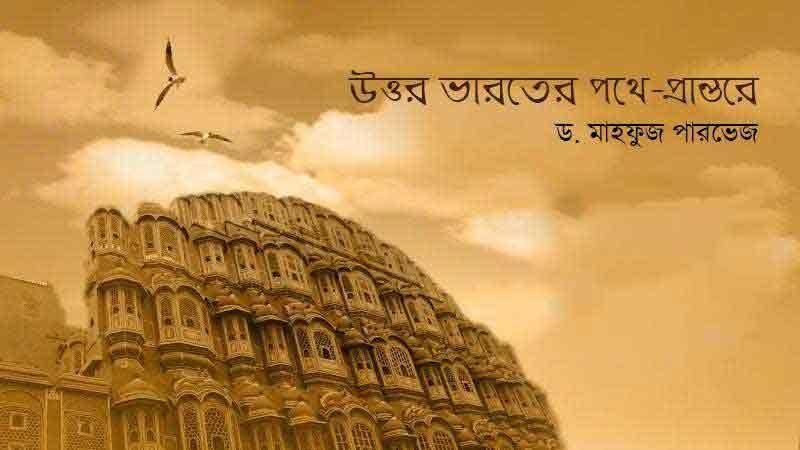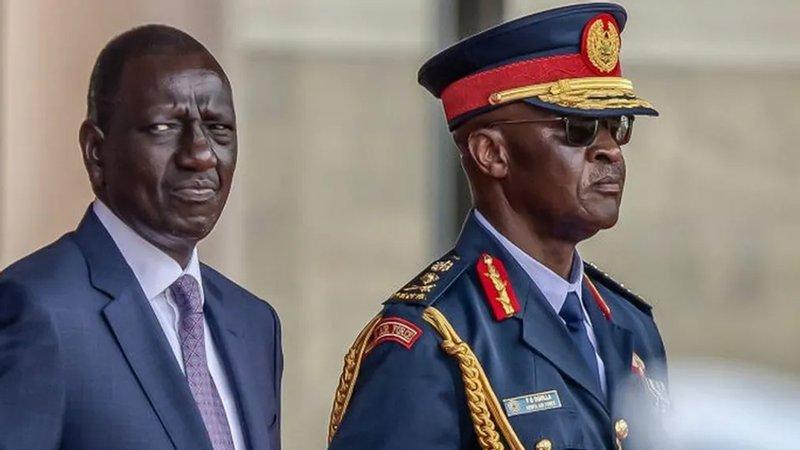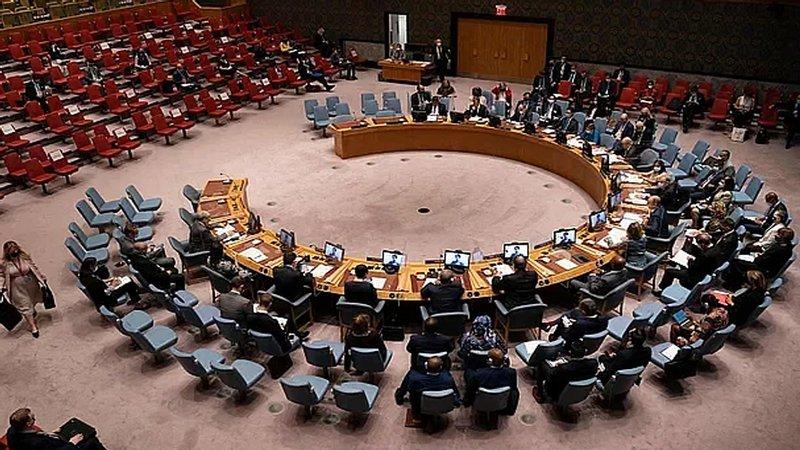Agra Fort–Reverberation of History

Photo: Barta24.com
Agra (India): Morning came out in rain. Continuous rain fall in Northern India for the last few days is still going on with occasional recess. I had a mind to visit the Tajmahal side, but that has to be suspended. After waiting some moments at the hotel I came to Agra fort when the rain became tolerable.
Whenever we hear the name Agra fort it might appears that it is a military cantonment. Practically it is not that. Agra fort is a complete city. Mughal Secretariat, houses and military establishments are here, above all a planned capital surrounded by fort.
Shahjahan garden is situated in front of Agra fort, about 2.5 kms far from Tajmahal. An wide avenue passes through large Mughal garden and Agra fort. I observed a high wall surrounded fort city.
With an area of 94 acres the vast Agra fort has two main entry gates. One is Amar Shing gate, which is also called Lahore gate. Another is Delhi gate, which is situated on the western side of the fort. At present the Delhi gate is closed. Only entry point is Amar Shing gate. However the fort has also two small gates which were used for emergency military purpose. At present most of the fort area is under the occupation of Indian army. The Headquarter of Indian Para suit brigade is located here on the north side of the fort.
Agra fort is that place which was used by all the rulers of India. The rulers of Afghan- Gazni at first built a mini cantonment here. Next the Chouhans, Rajputs, Jats and the Shikhs ruled this place. Though the pre Mughal Muslim rulers captured Delhi, the capital was brought here by Sikandar Lodi in the16th century.
After winning in the battle of first Panipath the Mughal ruler Babar ruled from this fort. The royal coronation of Humayun was also held in this Agra fort. Another important information has been mentioned in ‘Ain e Akbari’of Abul Fazal, the biographer of Mughal emperor Akbar that the masons of Agra fort were brought from Bengal while the laborers were from Gujrat.
During the Mughal rule of Humayun, the ruler of Bengal Afghan- Suri leader Sher Shah drove out Humayun from Mughal throne and ruled India from Agra fort. Next after the death of Sher Shah who ruled India for five years only and died in an accident due to explosion, the Mughals again captured India and made Agra fort as the main center. Mughal ruler Akbar gave the Agra fort an expanded area in size. Though Akbar shifted his capital to Fatehpur Sikri, his successors had selected Agra fort as the capital of Mughal Empire. The capital was shifted to Lahore for sometime and after a long gap it came back to Delhi, the tradition, history and glory of Agra did not eclipse. The body of Agra fort is akin with the past history of India.
The Agra fort was beautified and expanded by not only a single ruler but by many Mughal rulers of India. But it gained highest grandeur in the hand of Akbar. Akbar built many big structures inside the fort with the red sand stone of Rajasthan and strengthened the security by making high walls on all the sides. Emperor Jahangir and Shahjahan also built some palaces and private halls inside the fort.
The whole fort area was built in a planned way. Every structure is well built and decorated. The use of red sand stone mixed with white marble stone is an important characteristic of the fort. It reflects the perfection and aristocracy of the Mughal builders.
Entering the royal Mughal gate my eyes got a sublime emotion at the admixture of red and green. Arranged garden inside the fort has created a heavenly environment there. Another important chrematistics of the Mughals are that where they had gone they built gardens compulsorily along with big structures. Though it was raining but there was no less rush of visitors. I passed a good time visiting the all the structures and scenarios inside the Agra fort.
There is a gate inside the fort known as the elephant gate. Agra fort full of treasures now standing as an witness of time after it was ravaged many times by many invaders and finally by the English who ruled India for two hundred years. Many beautiful structures were razed to the ground by the invaders as well as palace wars among the inheritors of the Mughals and later on by the occupants. The fort got final shape of robbing by the English after Sepoy Mutiny in 1857 (First War of Independence). Mayur throne and Kohinoor diamond along with other valuable antiques were looted by the English and kept in the British Museum. Even some antiques had gone to the personal collection of the English after the downfall of the great Mughals.
The main attractions of Agra fort are Diwan-e-Am, Diwan-e- Khas, Jahangir Hous built by Akbar for his son. There is a bawli (Well) built by Babar. There are Mosque, Akbar Mahal. The Mahal built by Shahjahan for his daughters Jahanara and Rowshanara is also there.
I got astonished when I found Bangla Mahal in Agra fort. It is told that Empress NoorJahan built it. Before marriage with Emperor Jahangir, Meherunnissa (Later NoorJahan) was the wife of a Subedar (provincial ruler) Sher Afghan. So NoorJahan had an attachment with Bengal. She planted a mango tree in Agra fort and made the best use of world class Muslin cloth, once the finest saree produced in Bengal.
The captive life of Shahjahan passed in a house on the bank of Jamuna just opposite to Agra fort. Tajmahal could be seen through the windows of Shahjahan’s prisoner life presented by his son Aworongjeb. Shahjahan passed his captive life being cared by his daughters looking at Taj memorizing his beloved wife Mumtaz was in eternal sleep.
There are many legendary stories about the secrets of the construction of the Agra fort. It was once told that there are many secret tunnels under the fort through which the emperors could flee or saved themselves from the attacks of the enemies. Even the tunnels were connected with outside safe passages. It is also told that there are some prisons where the rivals could be kept imprisoned.
There are many epics about the Mughal herems situated inside the Agra fort. The epic of Selim (Emperor Jahangir) and Anarkali and love stories of many princes and princesses are surrounded with Agra fort, the center place of Mughal dynasty. Many books have been written on Agra fort around the world. Even Sherlock Homes wrote books in the background of Agra fort. There are hundreds of books on Agra fort based on overall or some particular incidents.
In Engineering and Architecture subject, the Agra fort is taught with special emphasis. In the mediaeval period like Bagdad, Damascus, Isfahan, Siraj, Cairo--- Agra was also an important city whose life was Agra fort centered royal palaces and administrative management. Once Agra was hummed by the tourists and traders of the world where the sound of sweet musical instruments, blazing lights and lightning of swords were a go of the day.
When sun light appeared in the surroundings suddenly it appeared to me that the sleeping Agra fort have aroused from slumber. The sun has come out from the shelter of cloud. As if it is knocking the doors of history of Agra fort.
Each and every structure bears the testimony of Mughal history. A visitor is sure to be lost in the glorious past mixed with pathos of the Mughal stories.
The Mughals who came to India from the central Asia with the traditions of Mongols- Turks-Persians have glorified all the sections of Indian administrative systems and cultures. Modern life style, its meaning and the way of life style is heavily influenced by the Mughal’s traditions spreading over 500 years. Their palace, bath chambers, structures, administrative style, food, dress, folk cultures, poems, music are brilliant example of rich tradition not only of India but also of global civilization.
Each step in Agra fort sounds the music of word of history at the body physic of Mughals- Agra fort. It reminds the golden days of the past. The truth of the realities of the Agra fort reminds that the past is not perished forever even might be ravaged or destroyed willfully.















